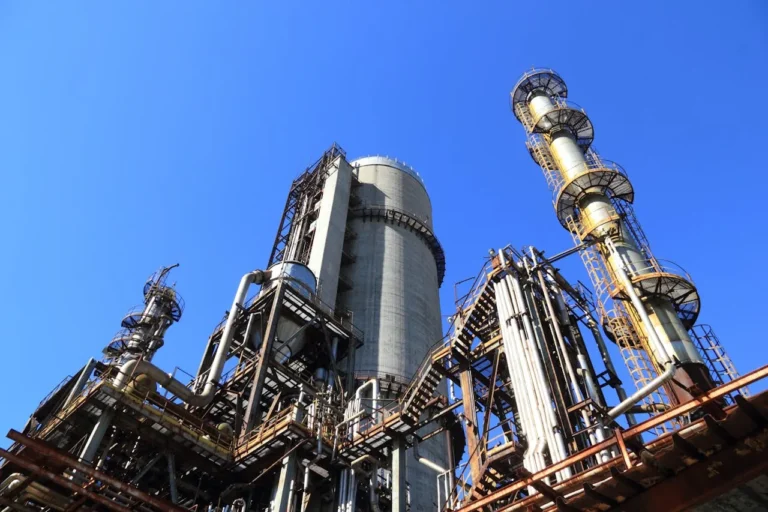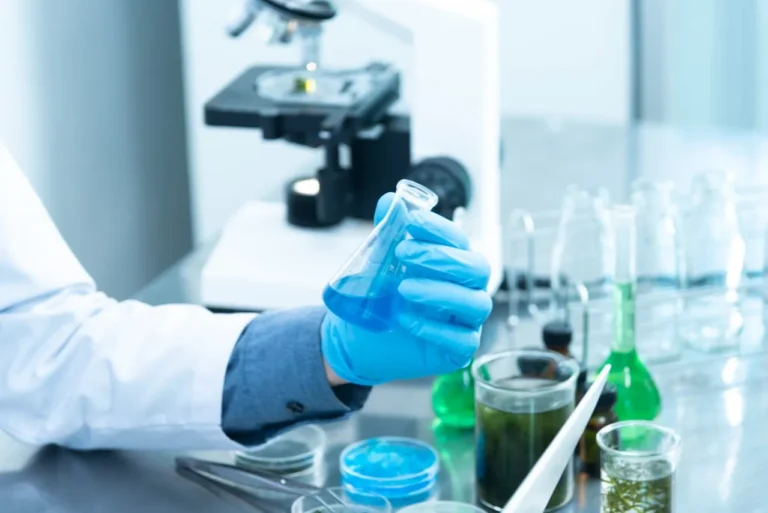
PPG and ArcelorMittal Advance Low-Carbon Automotive Manufacturing
PPG and ArcelorMittal, a global leader in steel production, have unveiled a major milestone in their shared mission to reduce carbon emissions in the automotive manufacturing sector. The two industry giants are collaborating to develop and integrate advanced materials and coating technologies that cut greenhouse gas (GHG) emissions while maintaining or improving vehicle performance and durability.
Their joint findings, presented at the recent SURCAR Automotive Painting Conference in Cannes, demonstrate that sustainable automotive manufacturing is not only achievable but also scalable through cross-sector collaboration.
Cutting Emissions with Smarter Steelmaking and Design
At the heart of the collaboration is ArcelorMittal’s transition toward a lower-carbon steel production process using electric arc furnace (EAF) technology. Unlike traditional blast furnace methods, the EAF process significantly reduces GHG emissions by utilizing recycled scrap steel and renewable energy sources.
According to the study presented at SURCAR, steel-related emissions for vehicle manufacturing can be reduced by up to 30% by using ArcelorMittal’s EAF steel, in combination with innovative design techniques such as MULTIPART INTEGRATION® (MPI) and the deployment of third-generation Advanced High-Strength Steels (AHSS).
These lightweight, high-strength steels not only contribute to fuel efficiency but also allow automakers to use less material overall. This leads to lighter vehicles, better performance, and substantial CO₂ savings.
MULTIPART INTEGRATION® (MPI): Fewer Parts, Lower Emissions
A standout innovation in ArcelorMittal’s low-carbon strategy is the MPI solution, which optimizes automotive manufacturing through design simplification and lightweight construction. By using strong, formable AHSS and precision laser welding, MPI combines multiple vehicle components into a single, integrated unit.
This manufacturing approach eliminates unnecessary parts, reduces assembly complexity, and enhances vehicle structure. It is particularly beneficial for electric vehicles (EVs) and compact cars, where space, efficiency, and weight reduction are crucial. MPI also contributes to:
- Reduced production time and labor
- Lower material usage
- Enhanced crash performance
- Decreased lifecycle emissions
“We already offer solutions that can deliver significant CO₂ reductions today,” said Elena Uta, Product Development Manager for Breakthrough Products Automotive at ArcelorMittal Global R&D. “That’s why close collaboration across the value chain is essential. Our advanced steel solutions, including third-generation AHSS and our MPI concept, help OEMs lower emissions while optimizing vehicle performance.”
PPG’s Role: Sustainable Surface Protection with Lower Emissions
The steel is just one side of the emissions equation. During the vehicle painting phase, PPG’s innovations play a crucial role in reducing environmental impact without compromising corrosion resistance or durability.
PPG’s advanced electrocoat technologies have been engineered to provide superior surface protection while lowering carbon emissions during the painting process. The study showed:
- 20% reduction in emissions related to component usage
- 10% overall reduction in GHG emissions in the coating process
These reductions are vital, especially as automakers face increasing regulatory pressure to improve sustainability in both product and process.
ZIRCOBOND®: Benchmark in Eco-Friendly Pretreatment
One of the highlights in the PPG-ArcelorMittal collaboration is the application of PPG ZIRCOBOND®, a thin-film pretreatment technology that has become a benchmark in sustainable surface preparation.
ZIRCOBOND offers multiple advantages over traditional pretreatments:
- Eliminates the need for heavy metal phosphates
- Reduces water and energy consumption
- Simplifies the wastewater treatment process
- Enhances adhesion and long-term corrosion protection
“This case study is more than a technical achievement; it’s a blueprint for how collaboration across the value chain can deliver real climate impact,” said Thierry Destruhaut, PPG Customer Sustainability Business Partner, Automotive OEM Coatings.
Aligning with Environmental Regulations and Global Goals
Both companies emphasized that the innovations detailed in their study not only align with customer demands but also help meet evolving global regulatory standards aimed at reducing the environmental impact of automotive manufacturing.
Automakers are under pressure from governments and regulatory bodies to meet stringent CO₂ targets across the vehicle lifecycle, including raw material sourcing, component manufacturing, vehicle assembly, and end-of-life recycling.
The ArcelorMittal-PPG partnership showcases a supply chain-level approach to sustainability, addressing emissions at every stage of vehicle production.
Exploring the Future: Bio-Based and Next-Gen Technologies
Looking ahead, the collaboration is focused on pushing the boundaries of sustainability even further. Future areas of innovation under exploration include:
- Bio-based materials that reduce reliance on fossil fuels
- Next-generation curing technologies that minimize energy consumption in paint shops
- Process optimization in areas such as ovens, filtration, and air intake systems
- Emerging steel grades offering higher strength-to-weight ratios for even greater lightweighting benefits
These innovations will not only strengthen the companies’ environmental credentials but also empower automakers to future-proof their vehicle platforms amid changing market and policy landscapes.
Industry Collaboration as a Catalyst for Change
The success of this joint initiative serves as a case study in effective collaboration across the automotive value chain—from raw materials to final coating. By integrating upstream and downstream solutions, ArcelorMittal and PPG are proving that meaningful emissions reductions are achievable now, not just in the future.
This kind of cross-industry partnership is expected to be a growing trend, as companies increasingly recognize that achieving net-zero goals requires a shared commitment to innovation, efficiency, and sustainability.
Conclusion: A Model for the Automotive Industry
PPG and ArcelorMittal’s low-carbon automotive case study demonstrates the tangible impact of advanced steelmaking and surface treatment technologies in reducing the sector’s environmental footprint.
With proven emission reductions, scalable technologies, and a roadmap for future improvements, this partnership offers a model that automakers and suppliers can replicate worldwide—paving the way for greener, smarter, and more efficient vehicle production.
As the industry faces mounting pressure to decarbonize, initiatives like this one provide a clear path forward—grounded in collaboration, innovation, and measurable results.
PPG: WE PROTECT AND BEAUTIFY THE WORLD®
At PPG (NYSE:PPG), we work every day to develop and deliver the paints, coatings and specialty materials that our customers have trusted for more than 140 years. Through dedication and creativity, we solve our customers’ biggest challenges, collaborating closely to find the right path forward. With headquarters in Pittsburgh, we operate and innovate in more than 70 countries and reported net sales of $15.8 billion in 2024. We serve customers in construction, consumer products, industrial and transportation markets and aftermarkets. To learn more, visit www.ppg.com.







